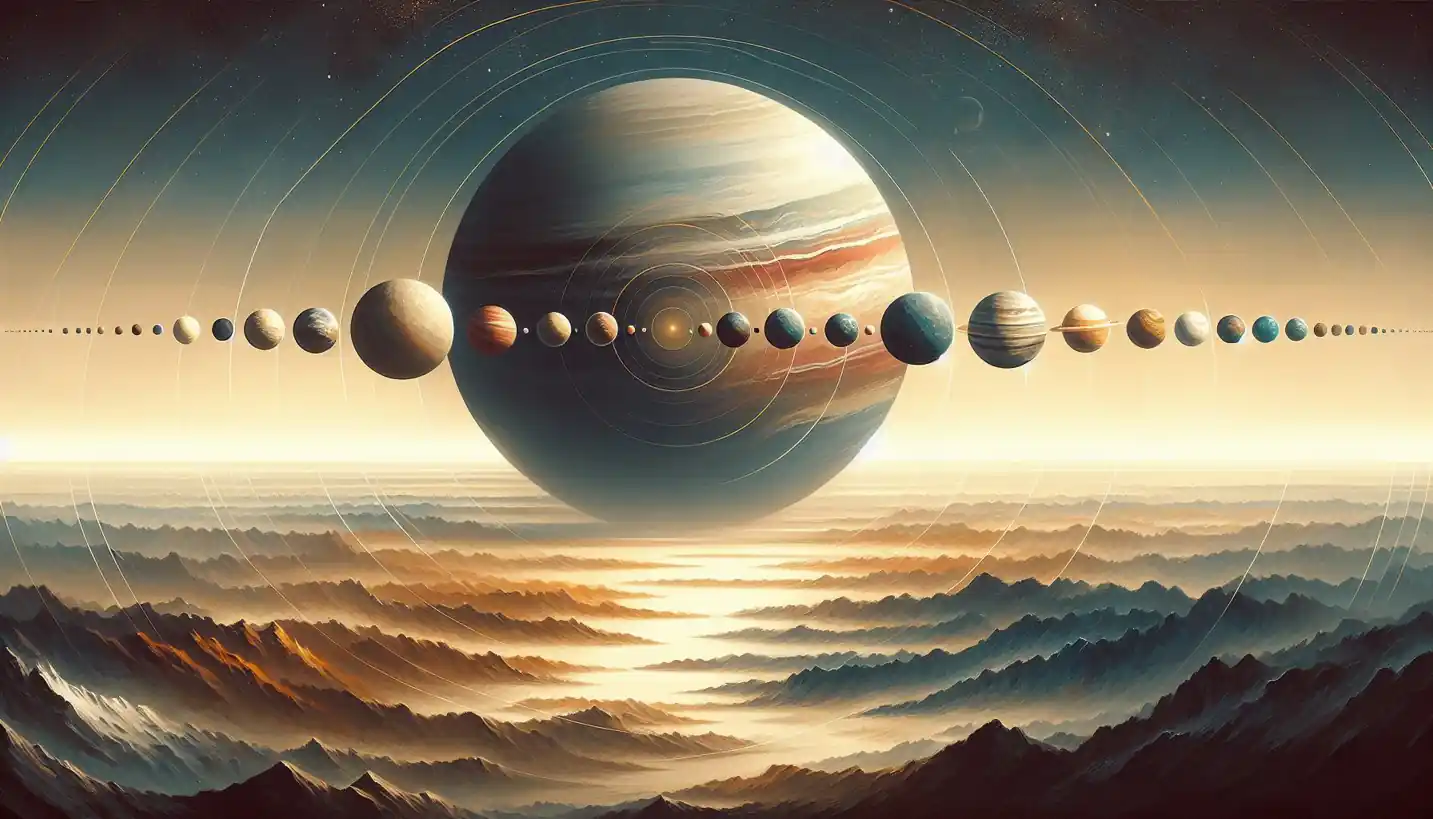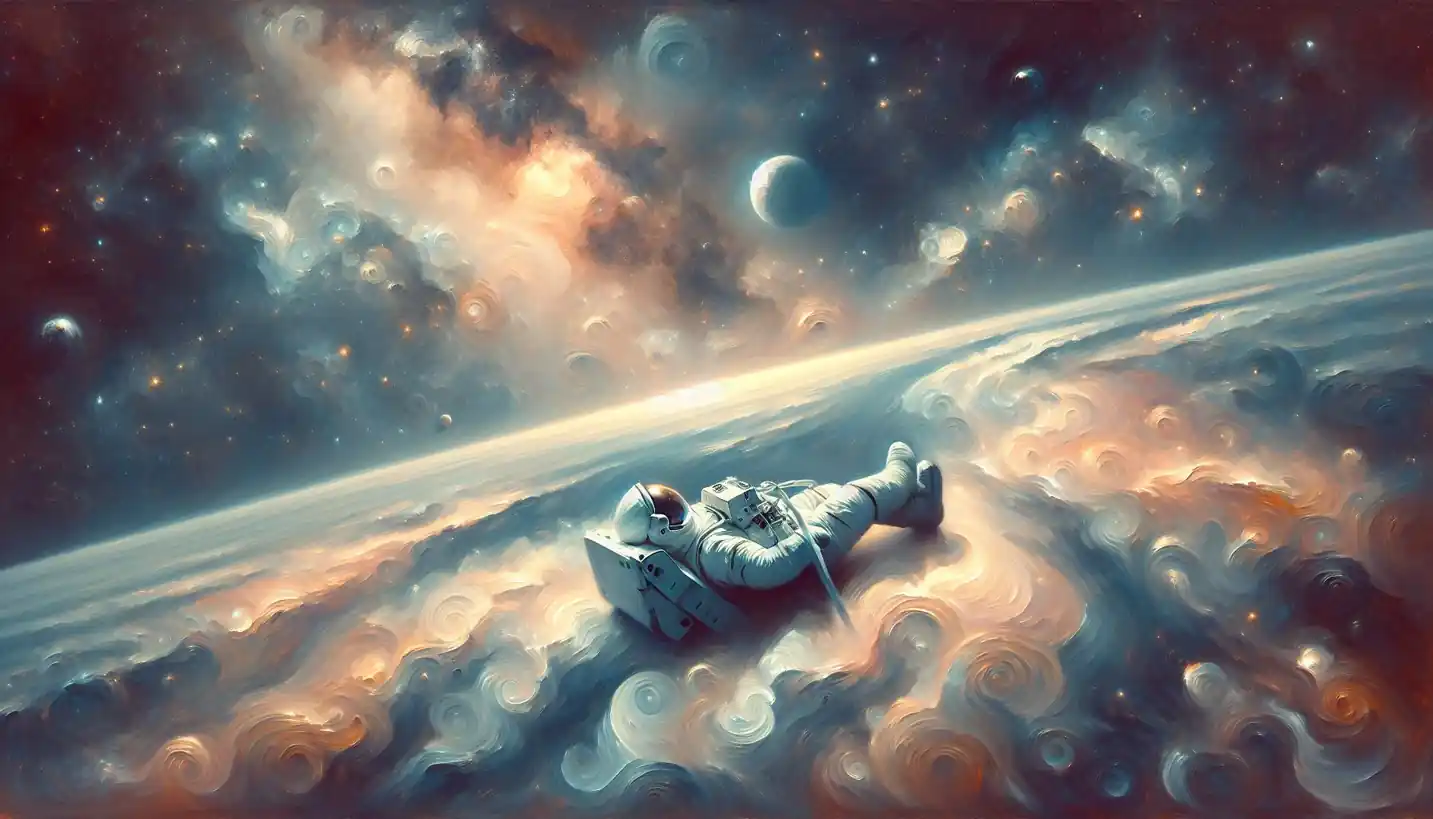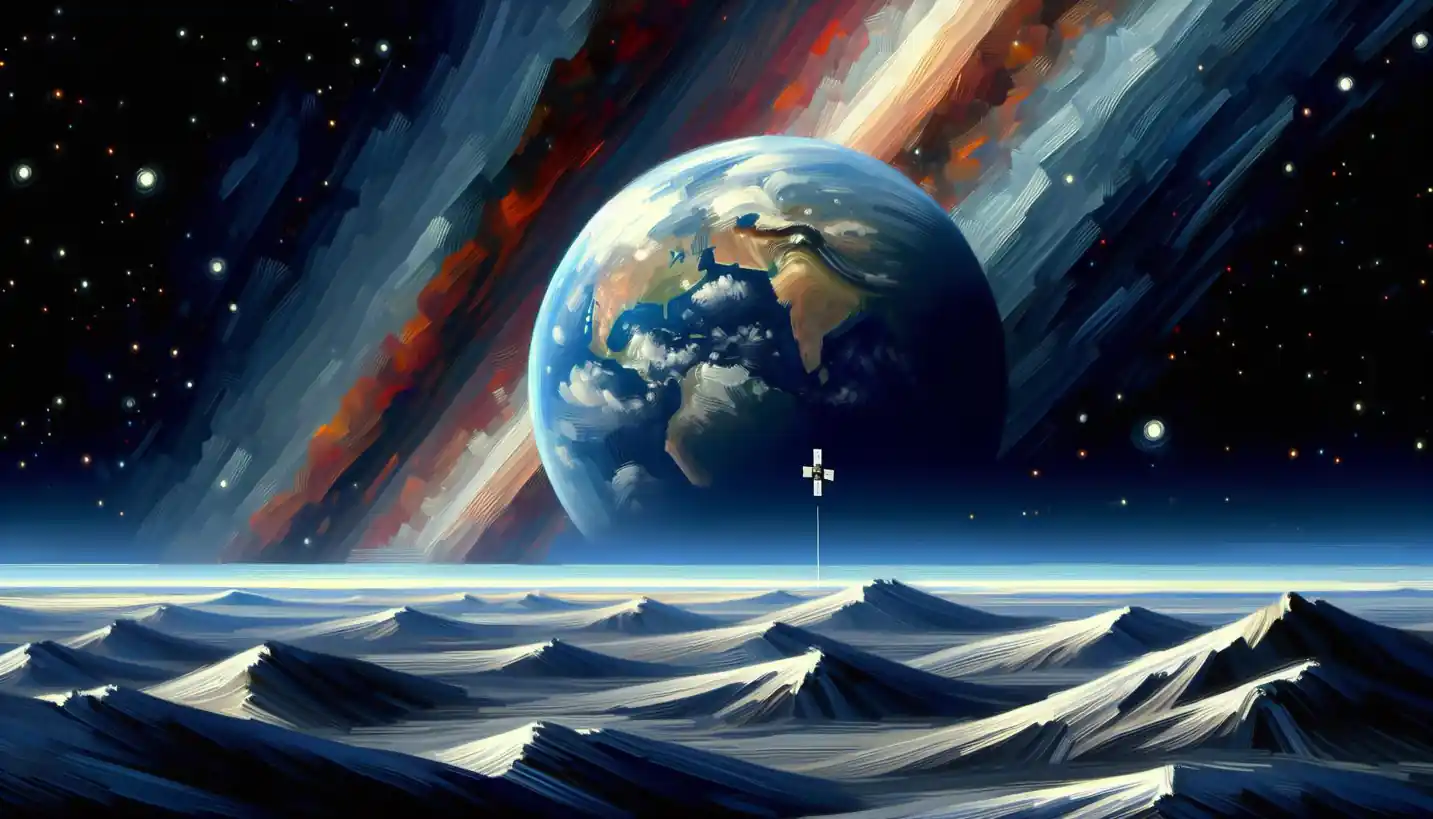· Astronomy · 4 min read
Intergalactic Medium: Exploring the Universe's Invisible Web
Intergalactic medium, the universe's invisible web, is unveiled through ultraviolet astronomy. Delve into this vast structure connecting cosmic wonders.

Picture a vast ocean, but instead of water, it’s filled with an almost invisible mist. This is what astronomers refer to as the intergalactic medium. It’s a fascinating concept in ultraviolet astronomy and stretches across the cosmos, connecting galaxies like an intricate web.
What Is the Intergalactic Medium?
The intergalactic medium, or IGM for short, is the sparse matter that exists in the space between galaxies. It’s not completely empty, even though it seems like it would be. If you think about the universe as a giant patchwork quilt, the galaxies are the patches, and the IGM is the stitching holding it all together.
This medium is mostly made up of hydrogen, the lightest and most abundant element in the universe. It’s a mix of ionized hydrogen floating around as electrons and protons, with some helium and trace amounts of heavier elements.
Why Is the Intergalactic Medium Important?
You might wonder why this thinly spread mist is worth studying. Well, it turns out that the intergalactic medium holds many secrets about the universe’s past and future. It’s like a cosmic archive, preserving clues about the early universe right after the Big Bang, when the first atoms formed.
Moreover, the IGM plays a key role in how galaxies grow and evolve. As galaxies form, they draw in material from their surroundings, including the IGM. This material helps fuel the birth of new stars.
Unveiling the IGM: Ultraviolet Astronomy
Now, how do scientists study something that’s nearly invisible? This is where ultraviolet astronomy steps in. The IGM emits and absorbs light in the ultraviolet spectrum, which is a type of light that’s just beyond what our eyes can see. By observing the universe in this “invisible” light, astronomers can map the distribution of the IGM and understand its composition.
Special telescopes equipped with ultraviolet detectors are sent into space because Earth’s atmosphere absorbs most ultraviolet light, blocking it from reaching ground-based telescopes. One famous example is the Hubble Space Telescope, which, among many other feats, has provided unprecedented views of the IGM.
The Cosmic Web: How Galaxies Are Linked
The intergalactic medium doesn’t just float around aimlessly. It’s structured as a vast, interconnected network known as the cosmic web. Imagine a giant spider web, with galaxies sitting at the junctions where strings of the web meet. These threads are composed of the IGM, acting as the highways that connect different parts of the universe.
This structure formed from slight density fluctuations in the early universe. Over billions of years, gravity pulled the denser regions together, forming the cosmic web. The discovery and study of this web have transformed our understanding of how large-scale structures in the universe are arranged.
Tracing the Early Universe
The IGM is like a time capsule, offering insights into the universe’s youth. By examining the light from distant quasars—super bright and active centers of galaxies—astronomers can track how this light interacts with the IGM on its journey to Earth. The changes in this light reveal information about the density and composition of the IGM in different eras.
This technique has helped us learn about the “reionization” era, a pivotal time when the first stars and galaxies formed and re-ionized the universe, turning it from a dark, neutral fog into the bright tapestry we see today.
Challenges and Future Exploration
Studying the intergalactic medium is not without its challenges. Because it’s so faint and diffuse, it requires incredibly sensitive instruments to detect. The need to observe it from space also adds complexity and cost to missions.
However, new technologies and space missions promise more breakthroughs. Upcoming telescopes like the James Webb Space Telescope will provide deeper insights into the IGM, uncovering more secrets about the universe’s first few billion years.
Additionally, advancements in computer simulations are giving astronomers a virtual way to explore the IGM. By creating intricate models of the cosmic web and its evolution, scientists can test their theories and make predictions about what they might find with future observations.
The Big Picture: Connecting the Dots
Understanding the intergalactic medium is crucial for a complete picture of the cosmos. It’s the unseen framework that shapes galaxies, fuels star formation, and fleshes out our cosmic family tree. As we continue to explore the universe, the IGM will undoubtedly remain a key focus, helping us piece together the story of everything from the smallest stars to the largest galaxy clusters.
By peering into the hidden folds of the universe through ultraviolet astronomy, we are not only unraveling how galaxies are born and grow, but also how the universe itself has expanded and evolved over billions of years. The intergalactic medium is a mystery still unfolding, a story still being told, and a web that continues to weave the galaxies together.


